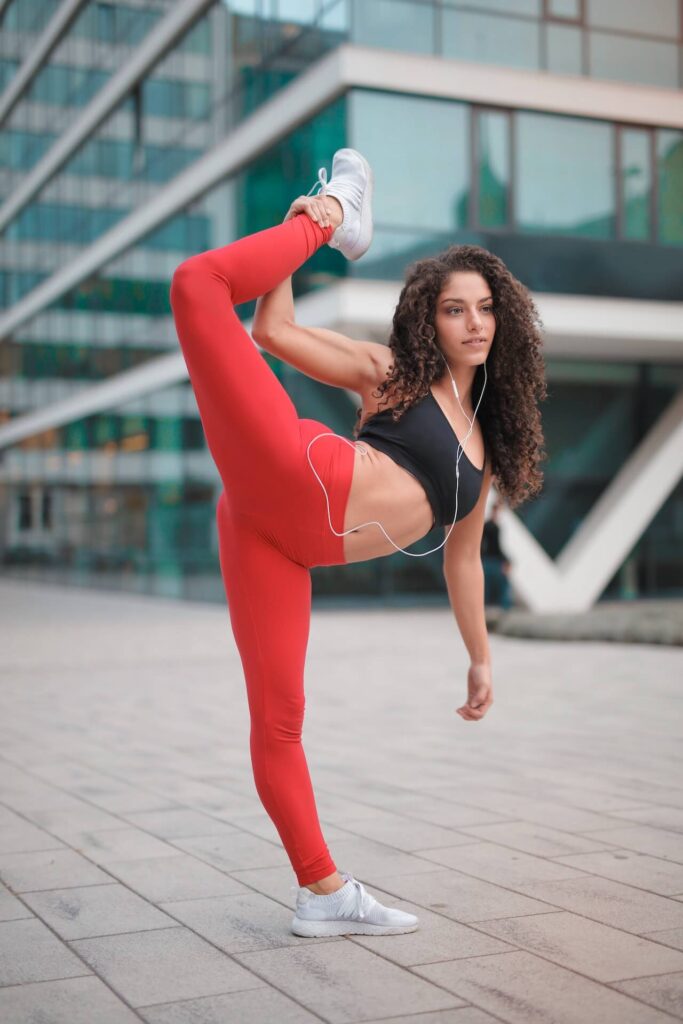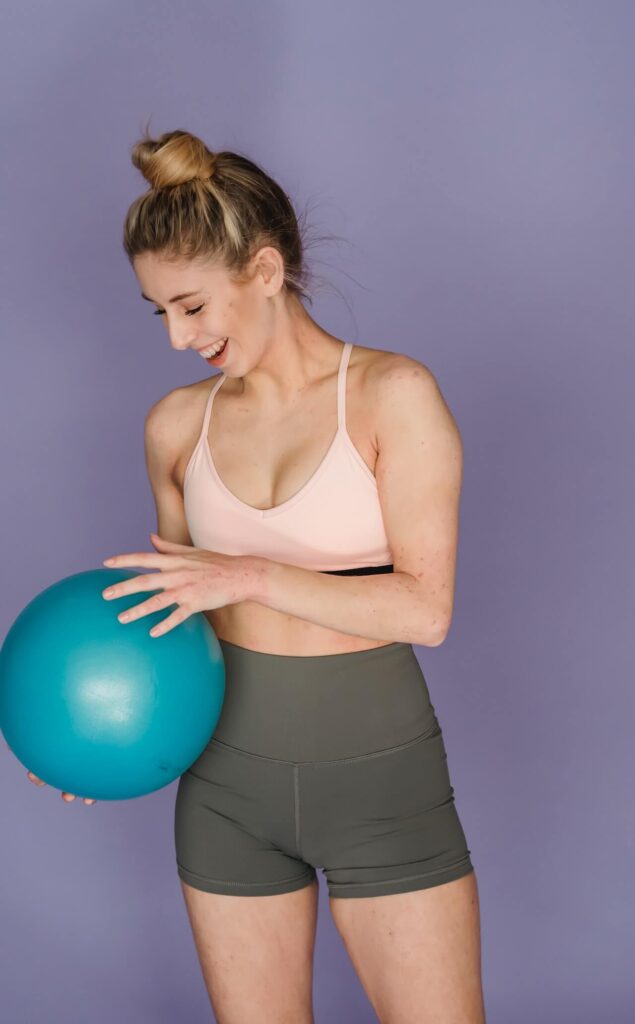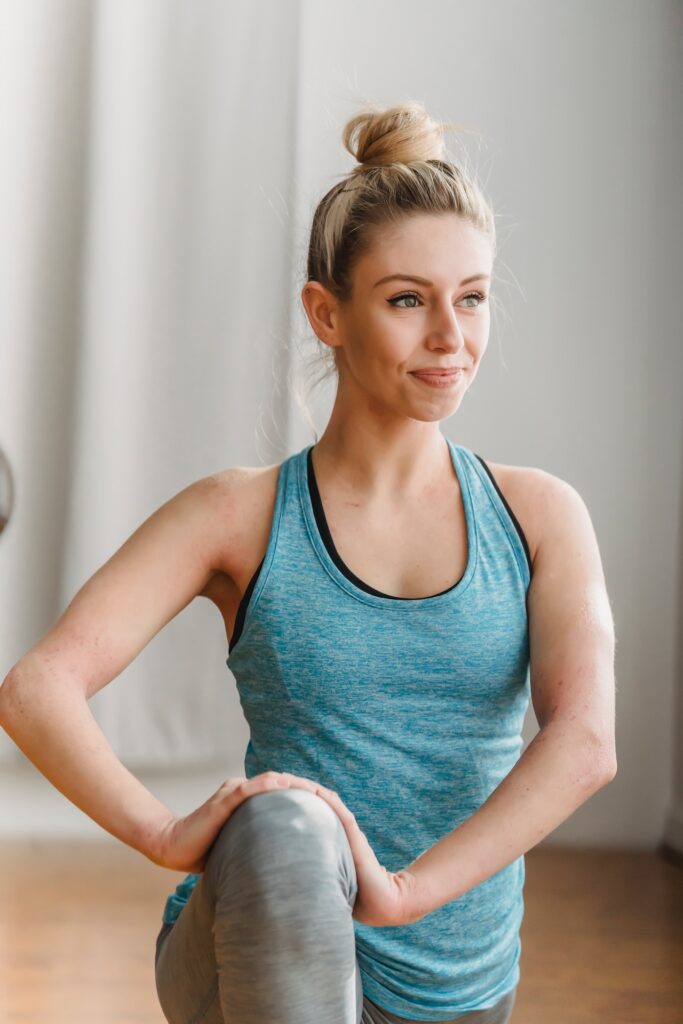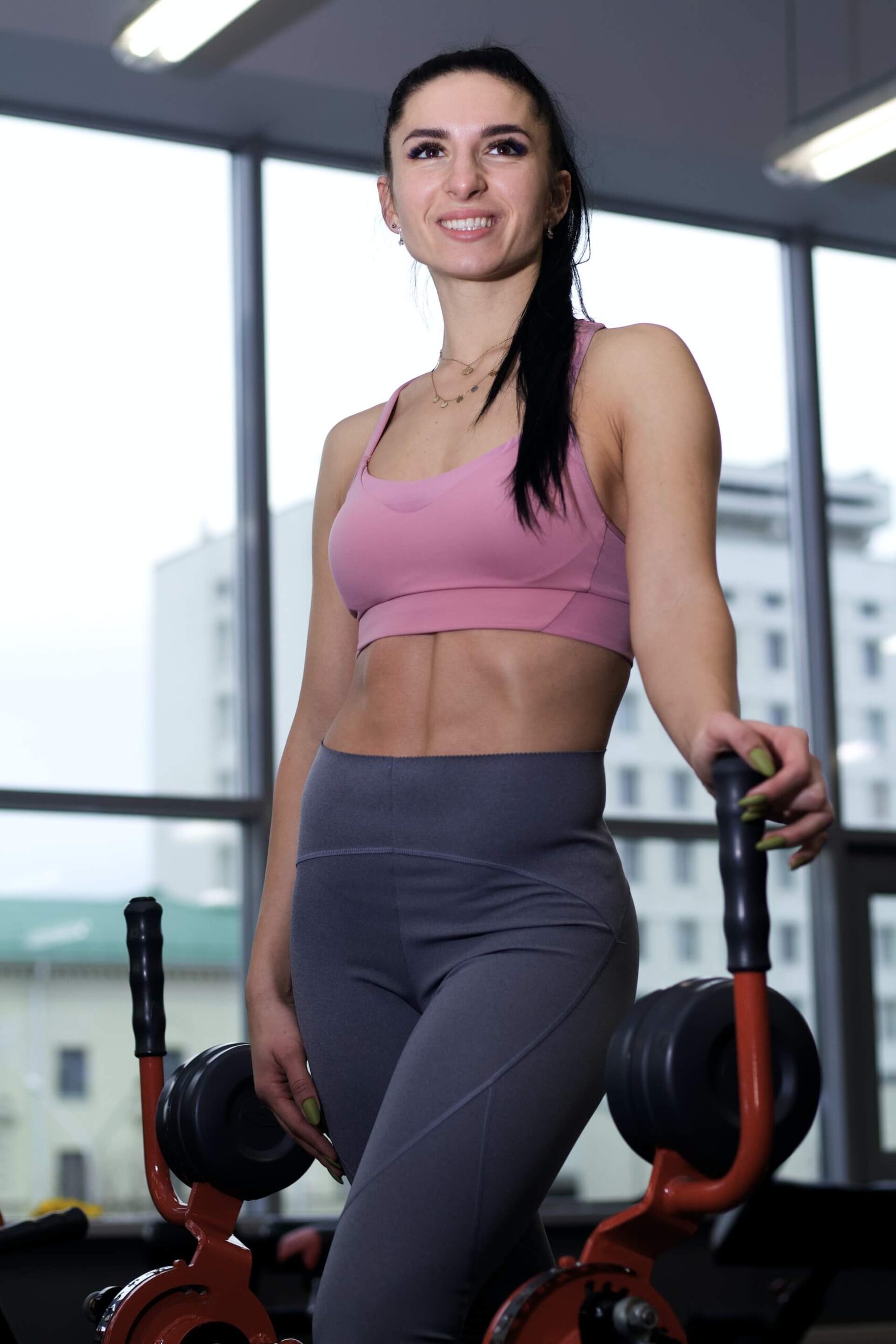25 Best Upper Body Calisthenics Workout For Busy People
Let’s talk best upper body calisthenics workout at home. People who do not have access to a gym but want to improve their coordination, endurance, and muscle strength should try a calisthenic workout. There is a widespread misconception that calisthenics is an ineffective form of exercise, but this is simply not the case.
Recruits are typically put through rigorous boot camp training programs that primarily consist of calisthenics and aerobic exercises such as running. Some may even argue that calisthenic exercises are a better way to build functional strength.
Anyone who is serious about improving their personal fitness should include calisthenics in their workout regimen. You’ll be able to exercise anywhere, whether you have access to free weights or a gym, once you know enough exercises to give yourself a full-body workout without using any equipment. The entire world becomes your gym, and you’ll be able to keep your body in top shape no matter where you go.
What is a calisthenics workout?
Calisthenics is a type of physical activity that uses only body weight and little or no equipment. If you are looking for an amazing workout to build muscles tough as steel, you might well say that calisthenics is the best steel upper body workout.
The exercises involve large muscle group movements, such as push-ups. Typically, these exercises are performed at a moderate pace. They assist in enhancing coordination, flexibility, and strength.
Originating in Ancient Greece, calisthenics remains popular today. Regardless of their athletic ability, the vast majority of individuals can perform these exercises. Numerous of them require no equipment. So what is best calisthenics exercise and how you do them to achieve the optimum goal?

Calisthenics workout routine for upper body
Most athletes and bodybuilders devote a significant amount of time to isolation exercises with free weights when it comes to upper body strength. These exercises can be extremely beneficial.
However, calisthenics training with your own body weight may help you build muscles more effectively.
These upper body exercises work on a variety of muscle groups and joints. You should feel a serious burn after just a few reps.
Let’s delve deeper into the best calisthenics exercises for muscle mass building.
1. Pull-Ups
There are numerous pulling exercises available, but these three are our favorites.
Wide-Grip Pull-Ups
You should begin with your hands wider than shoulder-width apart.
Pull yourself up for 2 seconds, hold for 1 second, then lower yourself for 3 seconds.
This upper body workout targets the shoulders, chest, arms, and upper back.
Chin-Ups
These are the best biceps calisthenics.
1. With your hands close together and facing you, grip the bar.
2. Slowly pull yourself up for 2 seconds, hold for 1 second, and then count to 3 while lowering yourself.
Military Pull-Ups
You hold the bar with your hands staggered and facing each other. This positions you to hang and look down the length of the straight bar.
Pull yourself up and rotate your head to the side.
2. Dips
Dips are another great upper-body calisthenics workout, and its recommended to try the following variations:
Regular Dips

Set up your parallel bars with one hand on each side.
Slowly lower your body for 3 seconds, then push up for another 2 seconds.
Pull up your heels to avoid contact if the bars aren’t high enough to keep your legs straight.
Straight Bar Dips
You could use your chin-up bar for this calisthenics upper body workout.
1. Raise your upper body above the bar, arms straight.
2. Return to the starting point by slowly lowering your body until your chest is about chest high.
Korean Dips
These are similar to the previous dips, but you might want to try dip bars for more stability.
The bar will be behind you this time, and you will slowly lower your upper body until the bar is about halfway up your back.
Just don’t lean too far forward, or you’ll lose your balance.
3. Push-Ups
Push-ups are a great way to work out your shoulders, upper chest, biceps, triceps, and back.
If you don’t want to lift weights, the four variations listed below will help you build muscle.
Regular Push-Ups
It’s all about the form over breaking any records.
The down move should take 3 seconds, with a 1-second hold at the bottom, followed by a 2-second push back up.
Decline Push-Ups
These are similar to regular ones, but you must elevate your feet and lower body.
You can use an exercise bench or a chair to build muscle, and the higher you go, the better.
Pike Push-Ups
Get into a downward dog position with your buttocks high in the air for this exercise.
As you lower yourself, you’ll notice a significant difference, with much more strain on your shoulder muscles.
Handstand Push-Ups
The handstand push-up is the ultimate pushing exercise, and you may benefit from some yoga experience to help with balance.
If you’re still having trouble with balance, try a handstand with your feet against a wall.
4. Plank
Let’s finish up the workout with an exercise that will help you strengthen your core.
Regular Plank
Regular plank is an excellent upper-body calisthenics workout that helps strengthen the core muscles, and I prefer the elbow plank.
You’ll feel your abs working and your back muscles straining.

Single-Arm Plank
A single-arm plank is an excellent way to increase the amount of time you spend in the plank position.
To ensure even muscle development, alternate between each arm.
Side Plank
Get into a side plank position to better target your oblique abs on each side of your stomach.
For these calisthenics workouts, form is crucial, which means you should avoid dipping your hips.
Beginner upper body calisthenics workout at home
Stretching exercises are recommended before beginning this exercise. This is to get your body ready for any upper body exercise.
Now that your body is prepared to begin exercising, you should begin with high-intensity exercises.
Begin with push-ups as a transition between the warm-up and the high-intensity exercises, which will be pull-up variations in this case.
1. Push-up Progression
Push-ups are critical to your calisthenics development. They can be performed in a variety of ways to target different muscles, and becoming comfortable in the push-up position will benefit you in other static and movement-based exercises.
Perform at least 10 knee push-ups.
This beginner push-up variation entails getting on your knees and performing push-ups. This reduces the strain on your upper body and makes the exercise easier to complete.
If you can easily complete 10 of these, you’re ready to move on to regular push-ups.
10 Normal push-ups.
Push-ups are an excellent first exercise. They will allow your upper body to warm up without tiring you out.
If you can do 8 to 10 of these, try standing still halfway through the push-up for at least 15 seconds in your final rep.
2. Bar/Pull-Up Progression
Do at least 6 Australian Pull Ups.
Begin by attempting them with a waist-high bar, and if this proves too difficult, raise the bar to about chest height.
This should make the exercise go more smoothly.
You’re ready to try normal pull-ups once you can do at least six, preferably eight to ten, Australian pull-ups in a waist-high bar.
Do at least 6 normal pull-ups.
Grab the bar with your hands at shoulder height and attempt as many pull-ups as you can. If you’re having trouble getting to 6, try jumping to the bar and coming down as slowly as you can.
If you’re having trouble getting to 6 pull-ups at first, try getting a resistance band and using it to help you get to 6 repetitions.

3. Handstand Progression
Handstands are excellent all-arounders that are especially beneficial to your arms. Sure, they may appear intimidating, but so do most good things.
However, before moving on to them, you should be able to:
10 bridges
Bridges not only hit the majority of your body, but they also assist you in becoming accustomed to the skewed perspective that comes with handstands in the first place.
They also serve as a form of flexibility training. There’s no reason not to do bridges; just make sure to include at least one more arm exercise to keep them from getting rusty while you’re on this progression.
8 Wall walks
Lie on your stomach with your feet against the wall. Walk backward and up the wall, matching the pace of your legs with your arms. When you’ve reached a “sort of” handstand, hold the position for a few seconds before walking back down.
Congratulations when you can perform a full handstand using this method!
You’ve progressed to the full package! Consider one-handed handstands or handstand push-ups for extra oomph; both are incredible!
Upper body calisthenics workout with no equipment at home
1. One-armed push-up variation (both sides)
The one-armed push-up is a well-known show-off move and a challenging place to begin.
The simpler version is to do the same thing but with your knees closer to your wrists.
The more difficult version: Start in a full push-up position, with your toes on the floor and your legs straight.
2. Push-up
Because nothing beats the classics, only two variations are available here: a standard push-up from a high plank position and an easier one on your knees.
3. Kneeling archer push-up
Consider the kneeling archer to be a buffing dab.
But it’s not all about push-ups; there are numerous alternatives that work the same muscle groups.
4. Diamond press-up
This is more difficult than a standard push-up. This variation will challenge your mid-chest and triceps more than the standard push-up.
The simpler version is to do the same thing but with your knees closer to your wrists.
The more difficult version: Start in a full push-up position, with your toes on the floor and your legs straight. Your feet should be parallel to your body.

5. Hindu push-up
This one works the top of your chest and doesn’t look too dissimilar to a yoga pose.
Start on your knees instead of your toes for a simpler version.
Push-ups or bench presses are better for your chest muscles. We deliver the final word on this age-old pectoral conflict.
Upper body calisthenics workout intermediate at home
1. Headstand
To perform a headstand, form a triangle with your arms/hands and head. Because a triangle is a rigid shape, this allows for equal distribution among three points and makes it easier to hold the move. Just make certain that you train safely. This move can still cause injury.
2. Back plank
Looks simple, but I’m sure you’ll get cramps if you try a progression that’s too difficult for you. Take your time, and make sure to work on your shoulder mobility as well.
3. Bridges
This move requires a lot of flexibility, so don’t be discouraged if you can’t get it on your first try. If you want to have a healthy, balanced body, don’t skip this step (and you should).
4. Hanging leg raises
This exercise should be on your list of ab exercises if you want a strong core. Hanging on the bar also makes you less stable, so contract your entire body throughout the movement to keep yourself stable.
When performing this move, do not use any momentum. Don’t deceive yourself just to make a move. It will not make you stronger.
Best Advanced upper body calisthenics exercises at Home
1. Side Plank
A amazing calisthenics upper body workout is Side Planking. This type of side plank will undoubtedly improve your oblique strength and control.
However, before you reach this level, you will most likely need to spend some time strengthening the sides of your core.
2. Wall Handstand Push-up
This is a handstand push-up without the element of balance, but it is still a difficult move to perform.
It is primarily intended for your shoulders, arms, and core.
3. Muscle up Intro
The muscle-up intro is the transition from pull-ups to dips. It is essentially a pull-up with a higher top portion.
A very difficult upper-body workout that you should include in your routine.

4. Strict Ring Muscle up
This is one of the best upper body bodyweight exercises. This is most likely the most difficult type of muscle. Muscle-ups are a cross between a pull-up and a dip. If you do this in a ring instead of a bar, you’ll introduce a stabilizer into the equation.
Also, doing it on the rings makes the hand technique more difficult. Strict motion is defined as a slow and controlled movement with no use of momentum.
5. Kipping Bar Muscle up
A simplified version of the form exercise. Instead of a ring, use a bar for less core strain and a different hand technique.
The use of momentum reduces the amount of strength required for the exercise.
Bottom Line
Select one to five exercises from each of the groups listed above to create full-body workouts. If you’re new to calisthenics, start at the bottom and gradually work your way up to performing three to five different types of each exercise as your body strengthens.
Remember to modify each exercise to make it more or less difficult, depending on your needs, and aim for 4 to 10 reps to build muscles and 12 to 20 reps to improve muscle tone and endurance.
Switch to a more difficult variation of any exercise when you can perform more than 20 reps of it. When it comes to upper body calisthenics workout at home there are certainly many ways to go about achieving your fitness goal. When you do upper body calisthenics workout at home remember to pace yourself, hydrate, and once a week rest for a day.




